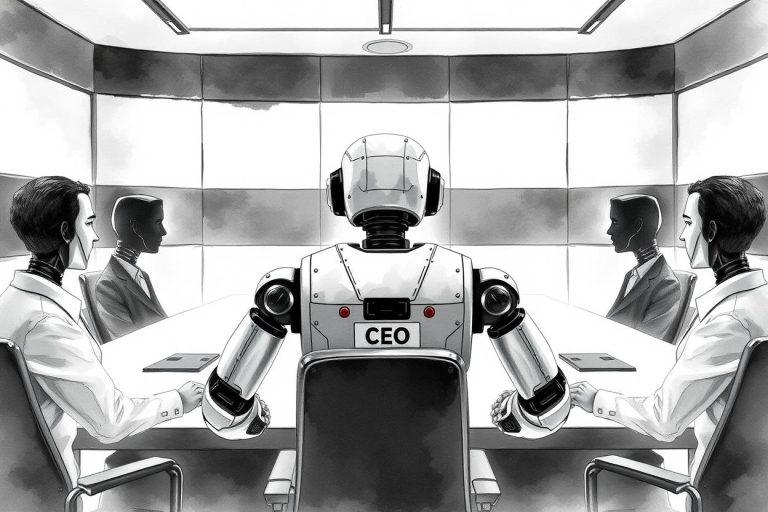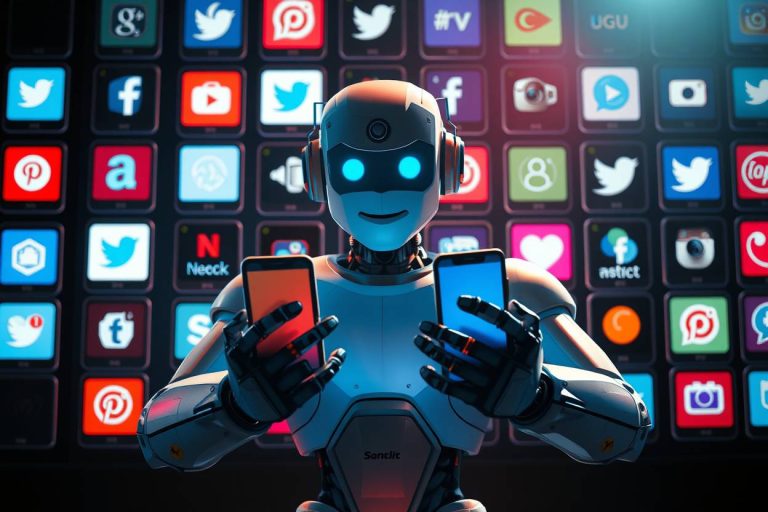Audio to Text Services: Why AI is making manual transcription a thing of the past
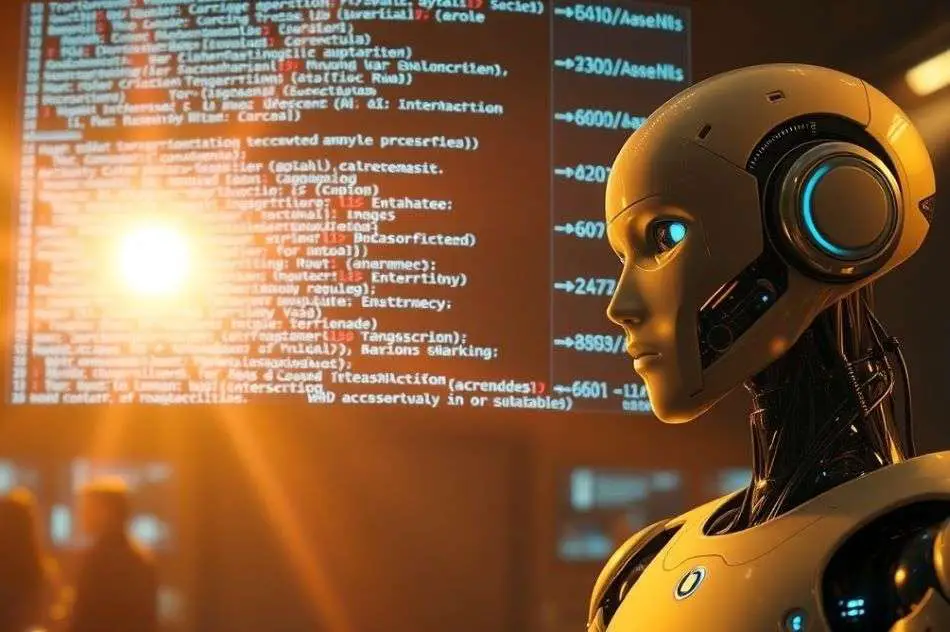
More people than ever need to turn an audio file to text for a range of purposes. Students want to convert their lectures into notes. Businesses need to document their meetings. Content creators want to add captions to their videos. As we create more digital content every day, turning speech into text quickly, accurately and with a reasonable price has become essential.
AI and machine learning have changed everything about the process of turning audio to text. What used to take hours of typing can now happen in minutes. These smart tools help journalists write up interviews, students capture lecture notes, and businesses record their meetings. They work faster and make fewer mistakes than ever before – and they are getting better! But what is the engine that drives those capabilities?
Key Takeaways
The Evolution of Audio-to-Text Technology
Think back to how we used to convert audio to text. Someone would sit and listen to a recording, typing out every word they heard. This method worked, but it was slow and expensive and also prone to human-made mistakes.
Then came the first computer programs that could recognize speech. These early tools tried their best, but they often got confused by different accents or background noises. They weren’t very reliable and would take a large amount of computing power.
Today’s AI tools are different. They learnt from millions of conversations and recordings. Like students learning from experience, these systems get better over time. They can now handle different accents, understand complex sentences, and work even when there’s background noise.
Key Technologies Behind Modern Transcription Services
Let’s break down the main technologies that make modern transcription work:
- Natural Language Processing (NLP): Think of NLP as a translator between human speech and computer language. It helps machines understand not just the words we say, but the meaning behind them.
- Neural Networks: These work like a human brain. They learn from examples and get better with practice. The more audio they process, the better they become at understanding different voices and accents.
- Automatic Speech Recognition (ASR): This technology turns spoken words into text in real-time. It can handle background noise and different speaking speeds, accents or dialects, making it reliable for most situations.
- Voice Activity Detection (VAD): This tool spots when someone is speaking versus when there’s silence or background noise. It’s like having a smart audio filter.
- Speaker Diarization: This technology can tell different speakers apart. It’s especially useful for meetings or interviews where multiple people are talking.
Benefits of AI-Driven Audio-to-Text Services
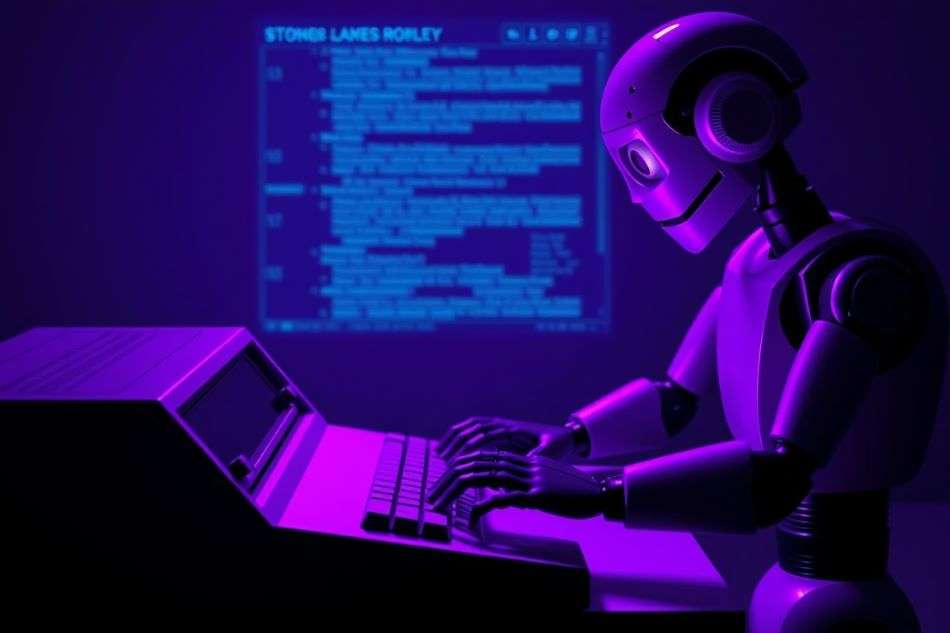
These new AI tools for transcription offer several clear advantages:
- Better Accuracy: AI systems get it right more than 90% of the time, even with background noise
- Saves Time: What used to take hours now takes minutes
- Costs Less: You don’t need to hire someone to type everything out
- Works in Many Languages: Most tools can handle multiple languages and accents, due to their extensive multilingual data it’s been trained on.
- Handles Big Jobs: Whether you have one recording or thousands, AI tools for transcription can handle it
- Makes Content Accessible: People with hearing impairments can access audio content into text format in real time.
Applications across industries
The impact of AI transcription reaches far beyond basic note-taking. Here are just a few examples of where AI-powered transcriptions are leading the transformation.
- Media & entertainment: In the media and entertainment industry, creators now seamlessly integrate subtitles into their videos while podcasters transform episodes into engaging blog posts. Journalists have revolutionized their workflow, turning hours of interviews into searchable text within minutes.
- Education: Education has seen a particularly dramatic transformation. Students no longer struggle to capture every word of a lecture – AI tools create comprehensive notes they can review later. Teachers convert video lessons into written materials, making education more accessible and flexible. Universities use these tools to ensure their courses reach all students, regardless of learning style or ability.
- Healthcare: Doctors record patient notes with higher speed and accuracy, while medical teams document crucial meetings without losing important details. Research teams can focus on their findings rather than spending hours transcribing interviews. This improvement in documentation not only saves time but also enhances patient care through better record-keeping.
- Legal & Corporate: The legal and corporate sectors have embraced these tools for their precision and efficiency. Law firms now maintain detailed records of court proceedings, while businesses capture every insight from their meetings. This creates searchable archives that transform how companies preserve and access their institutional knowledge.
- Customer support teams: By analyzing customer conversations, they identify patterns and common issues that might otherwise go unnoticed. This data-driven approach helps companies train their staff more effectively and respond to customer needs more precisely.
- Market researchers: You can now analyze focus group discussions and interviews more thoroughly, uncovering subtle trends and insights that drive better business decisions. This deeper understanding of customer feedback shapes product development and marketing strategies more effectively than ever before.
Challenges and limitations
The rapid adoption of AI tools, including audio-to-text technology, brings significant challenges to the transcription industry. The human workforce, which plays a crucial role in this industry, faces the risk of job displacement. The transcription industry, valued at over 30 Billion USD just in the US, employs a large number of people worldwide.
It is essential for governments, organizations, and individuals to address this challenge proactively. Reskilling and upskilling programs can help transcription professionals adapt to the changing job landscape. Additionally, ethical considerations and responsible implementation of AI technology are necessary to mitigate the negative impact on employment.
Despite technical advances, AI transcription still faces important challenges. Accent recognition remains a work in progress – while the technology handles many speech patterns well, some regional accents and less common dialects still present difficulties. The good news is that these systems improve continuously as they process more diverse speech patterns.
Sound quality continues to influence accuracy significantly. Background noise, overlapping conversations, and poor audio quality can all affect results. However, advancing noise-cancellation technology and better recording equipment are steadily addressing these limitations.
Privacy concerns require careful attention in our increasingly connected world. Organizations must balance the convenience of AI transcription with robust data protection measures. This includes secure storage solutions and compliance with evolving privacy regulations.
Technical language poses another interesting challenge. Industry-specific terminology, whether in medicine, law, or scientific research, often confuses standard transcription systems. Progressive companies address this by developing specialized versions that understand field-specific vocabulary and context.
The future of audio-to-text technology
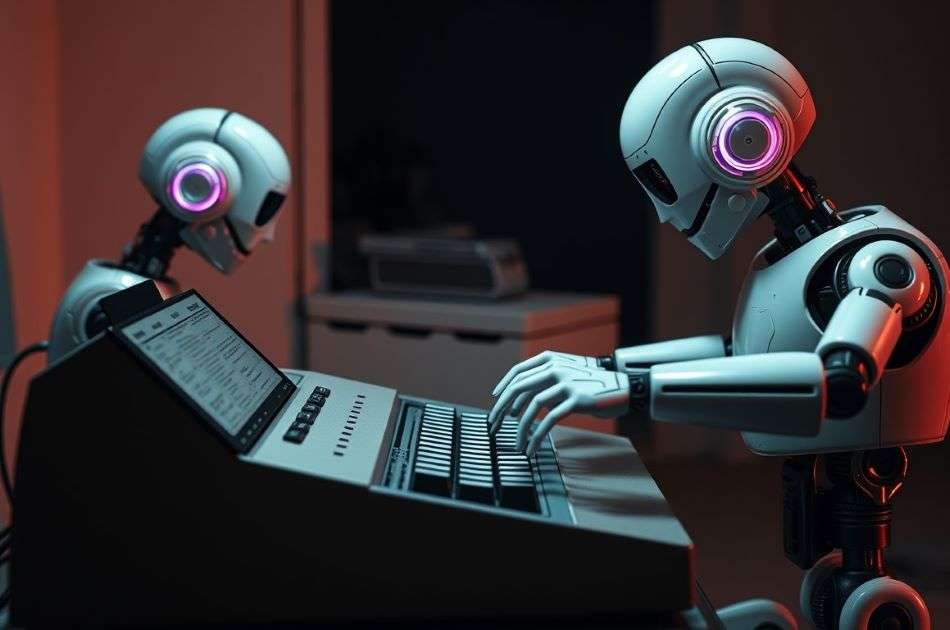
We’re seeing rapid advancement in multilingual support, making these tools more valuable for global communication. Soon, real-time transcription will become more reliable, enabling better live captioning for events and streaming content.
Integration with other technologies is becoming seamless. Video editing software now includes automatic transcription features, while virtual assistants understand context better than ever. This convergence of technologies creates more efficient workflows across industries.
Perhaps most exciting is the development of context-aware AI. Future systems will better understand not just words, but their meaning in context. They’ll recognize emotional tone and implied meanings, making transcriptions feel more natural and human-like.
Personalization represents another frontier in this technology. Users will be able to train systems to recognize their specific voice patterns and industry terminology. This customization will make transcription tools more valuable for specialized fields and individual needs.
Conclusion
AI and machine learning have fundamentally changed how we convert speech to text. This transformation goes beyond mere convenience – As these tools become more sophisticated, they’ll continue to break down communication barriers and make information more accessible to everyone. Whether in education, healthcare, business, or creative fields, AI-powered transcription is becoming an indispensable tool for the modern world.


